Flora of the reserve
Explore the reserve and discover over 300 plant species that range from delicate wildflowers and grasses to wattles, she-oaks and large old-growth trees such as yellow gums and manna gums.
Way up high
Look up at the tree canopy and you may see critically endangered Bellarine Yellow Gums, graceful She-oaks, rough-barked Manna Gums, golden-flowered wattles or banksias with their distinctive cylindrical flowers. Parrots seek out nesting sites in old tree hollows while honeyeaters can be seen feeding year-round from nectar-rich flowers.
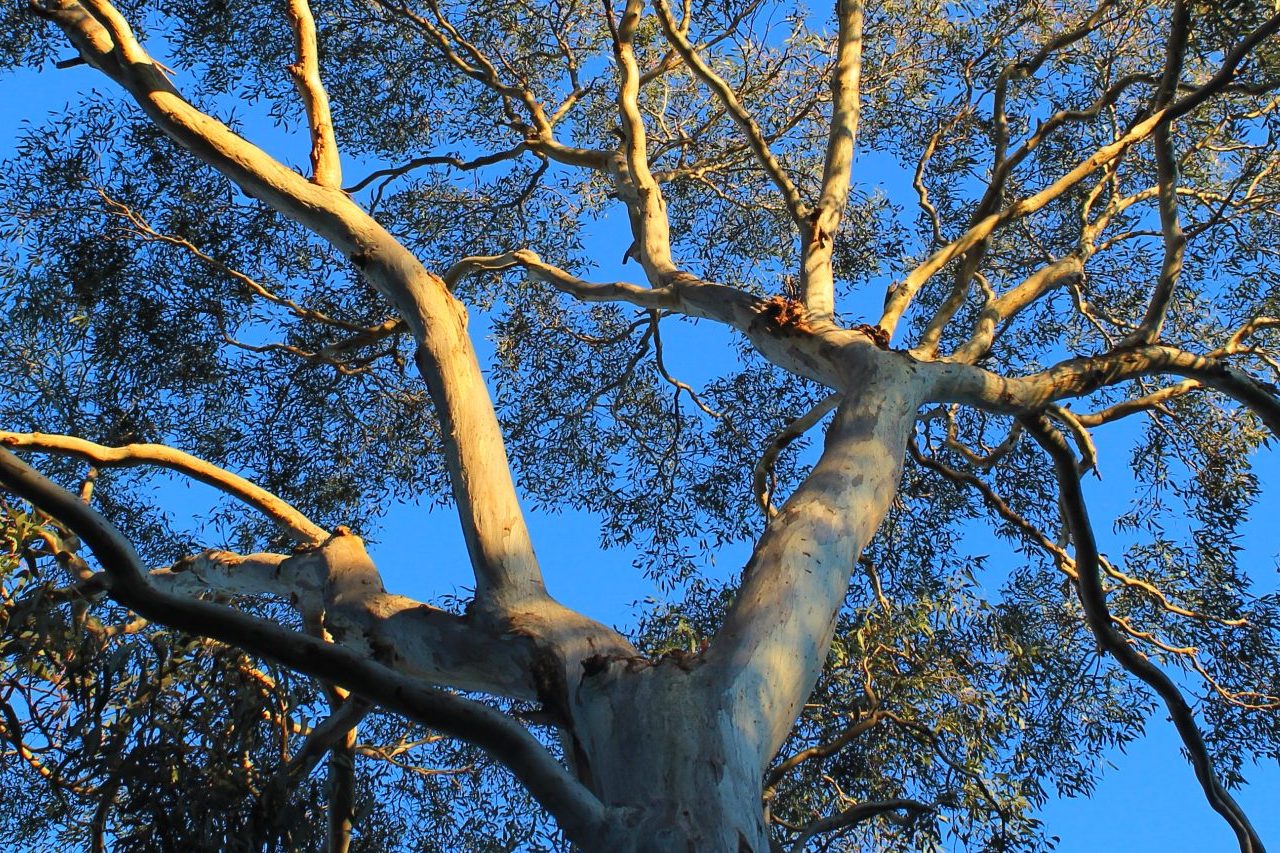
Bellarine Yellow Gum
Little details
Look down at ground level to find a world of fascinating plants. Delicate sundews hug the ground in winter, their sticky tentacles waiting to snare an insect. Low-growing plants such as Cranberry Heath and Running Postman display bright red flowers that attract bird and insect pollinators in the spring.
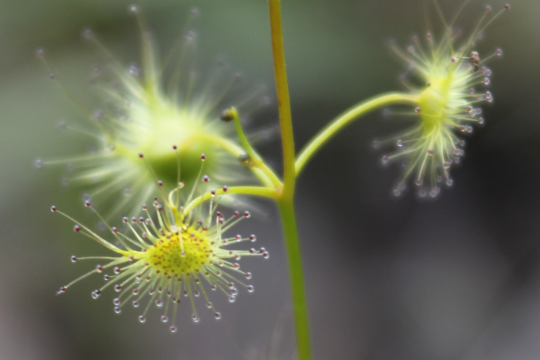
Sundew
Ancient sentinals
The heathy woodland of the north-west corner of the reserve is abundant with grasstrees. Unique to Australia, these plants grow only 1–2 cm per year making many over 100 years old. Closely packed foliage protects the growing tip during fire. In fact, fire promotes flowering, with a single flower spike producing up to 10,000 seeds.
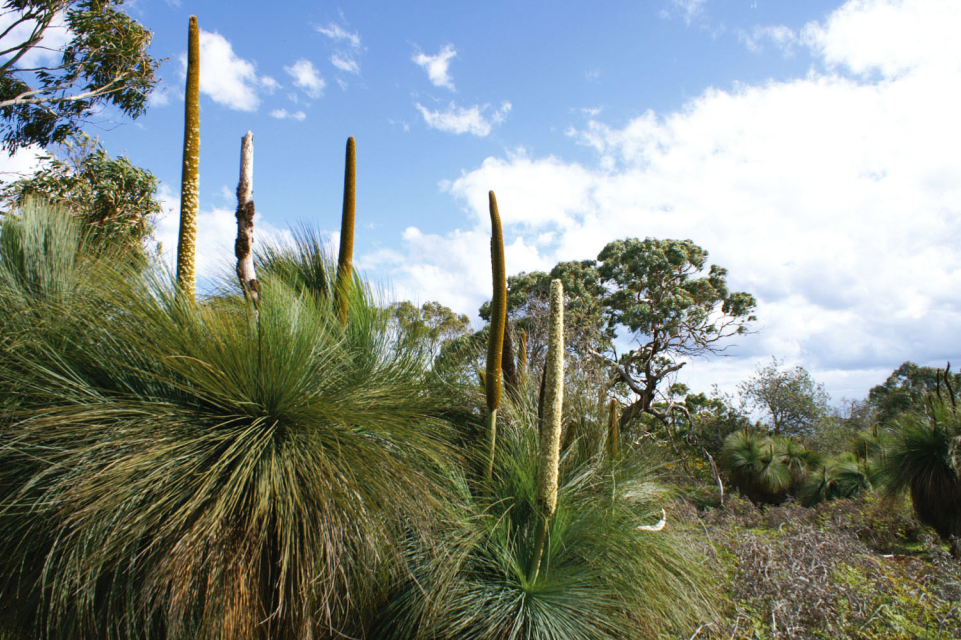
Austral Grass-tree
Native grasslands
Thatch Saw-sedge, Weeping Grass, Kangaroo Grass, Wallaby Grass and speargrass are just some of the grass varieties found here. Invasive and dominant plants have been cleared from some areas of the reserve to restore a diverse grassland habitat. You will notice large open swathes of grasses thriving in these areas.
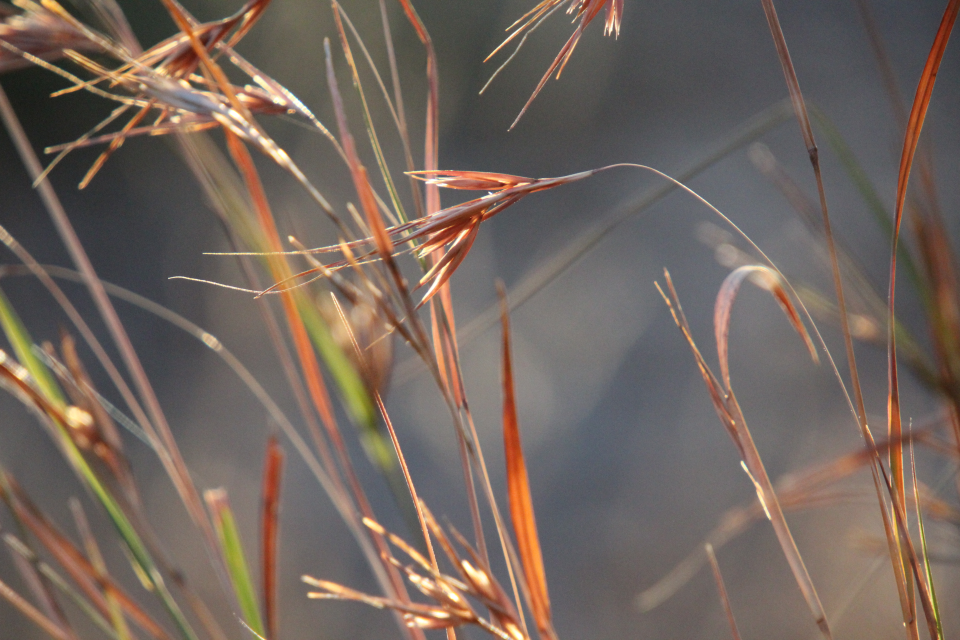
Kangaroo Grass
Fleeting beauty
At most times of the year you’ll see a plant in flower, whether its Golden Wattle in winter or a colourful burst of wild flowers and orchids in spring. Look out for nectar-laden banksias in autumn and the aromatic Chocolate Lily in spring. Bird and insect pollinators find plenty of floral attractions here.
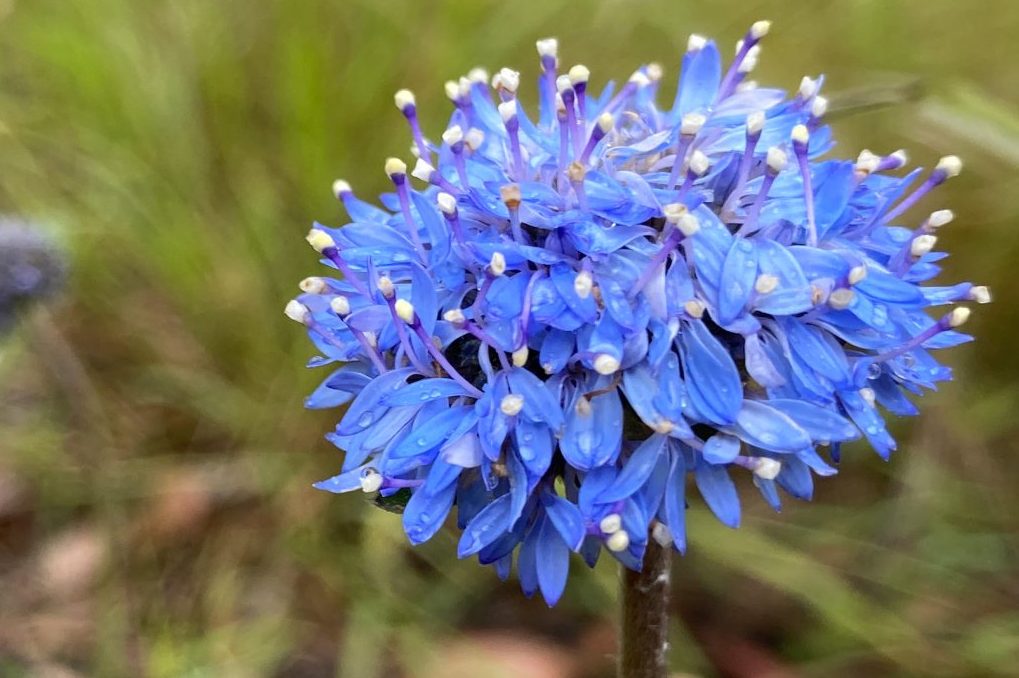
Blue Pincushion
